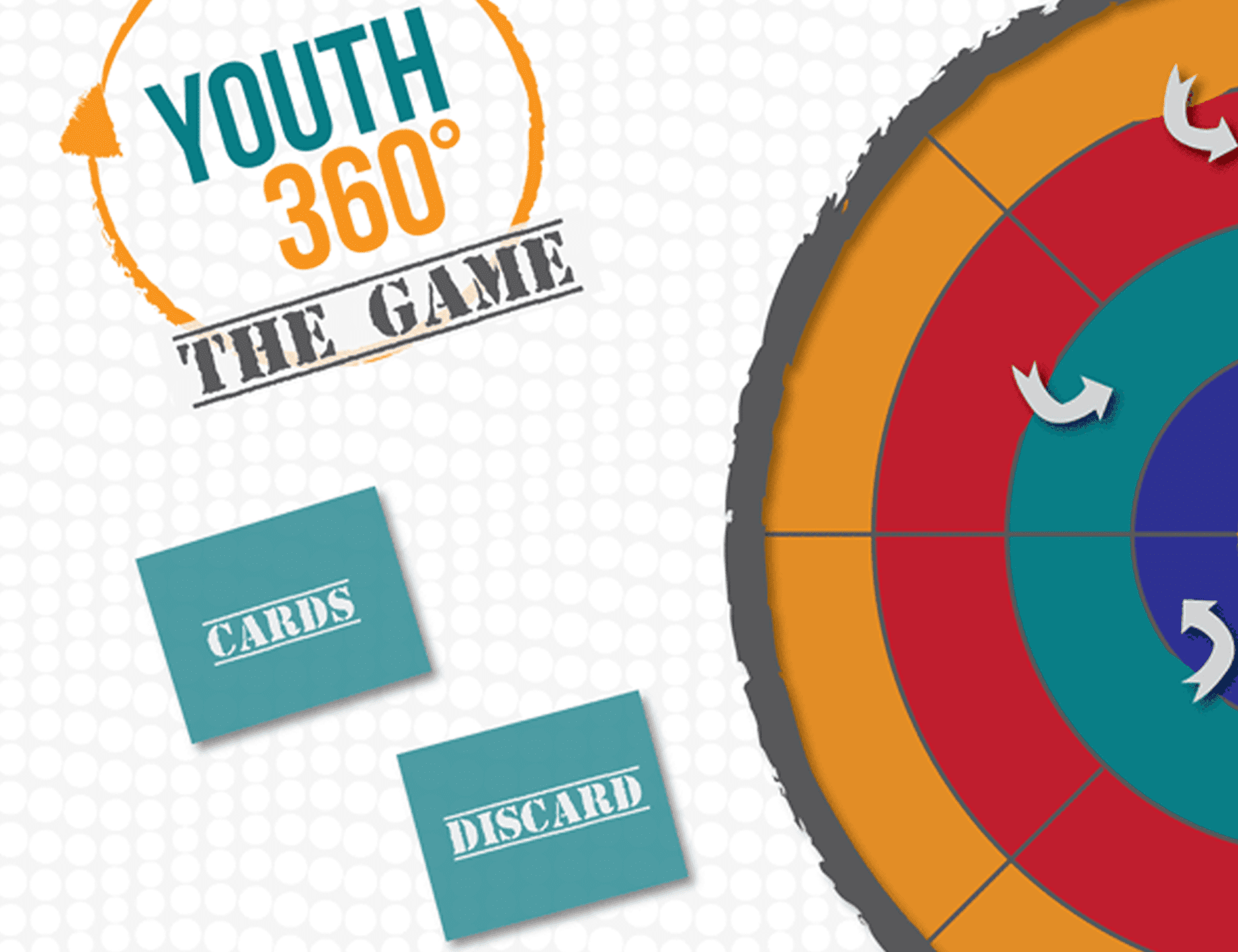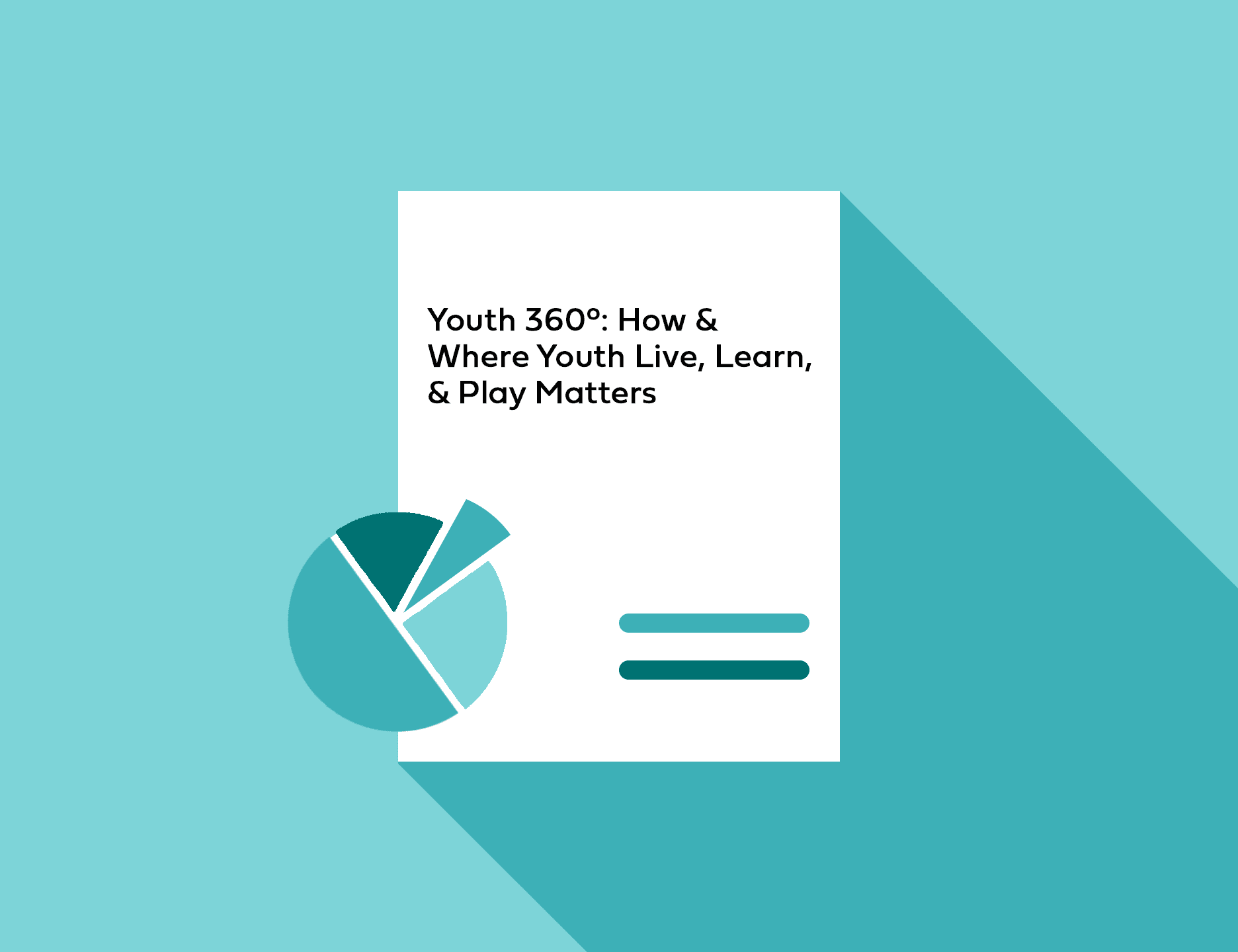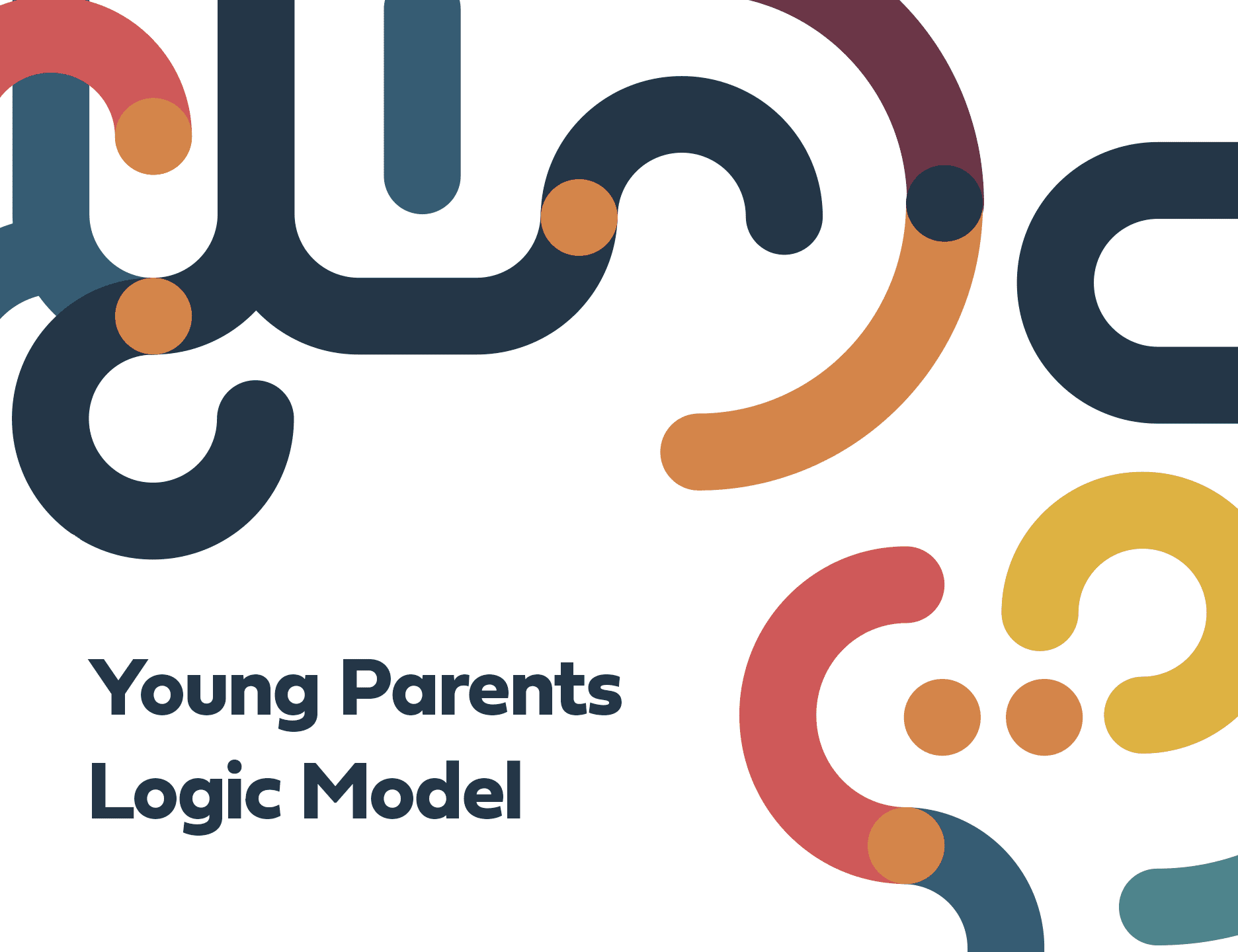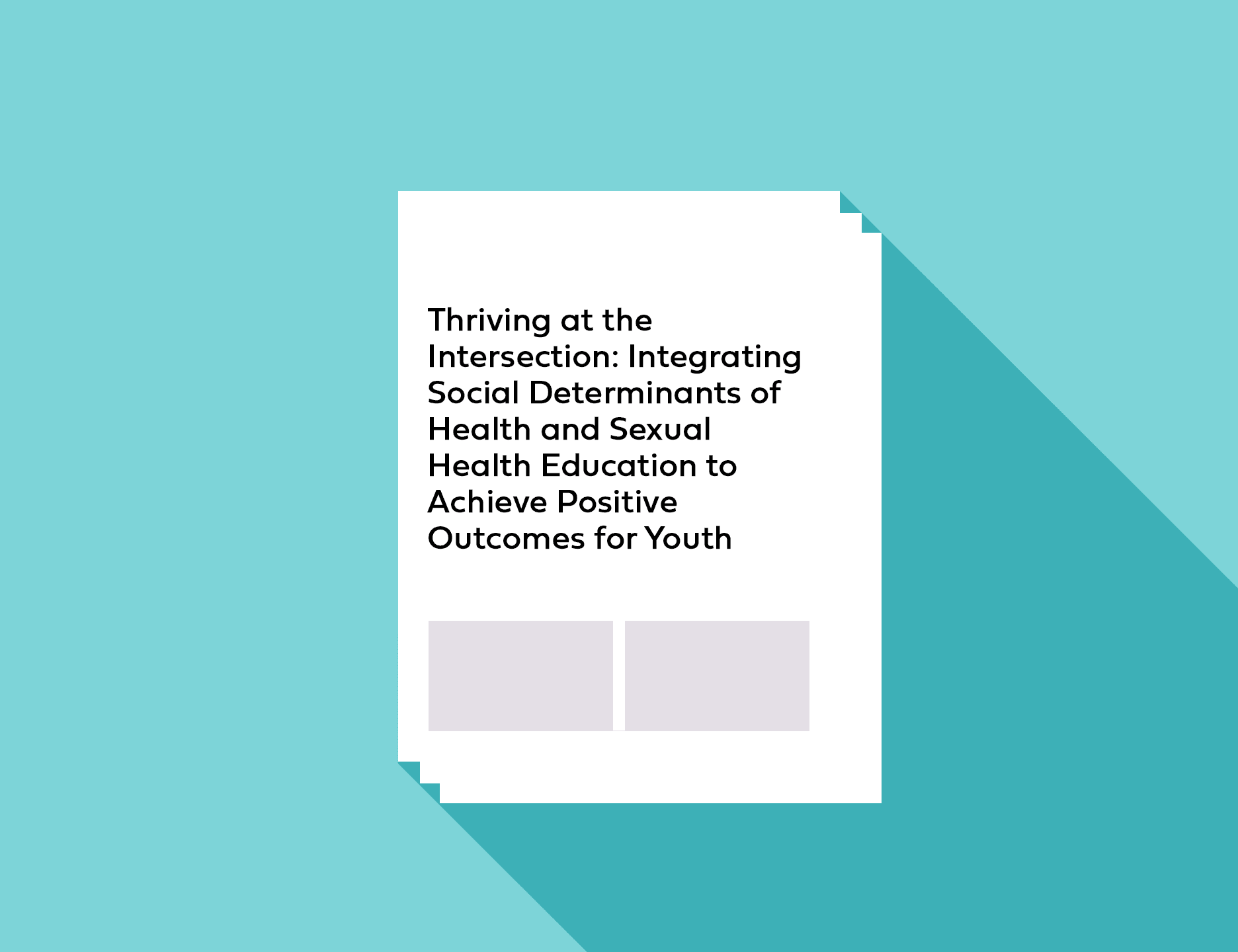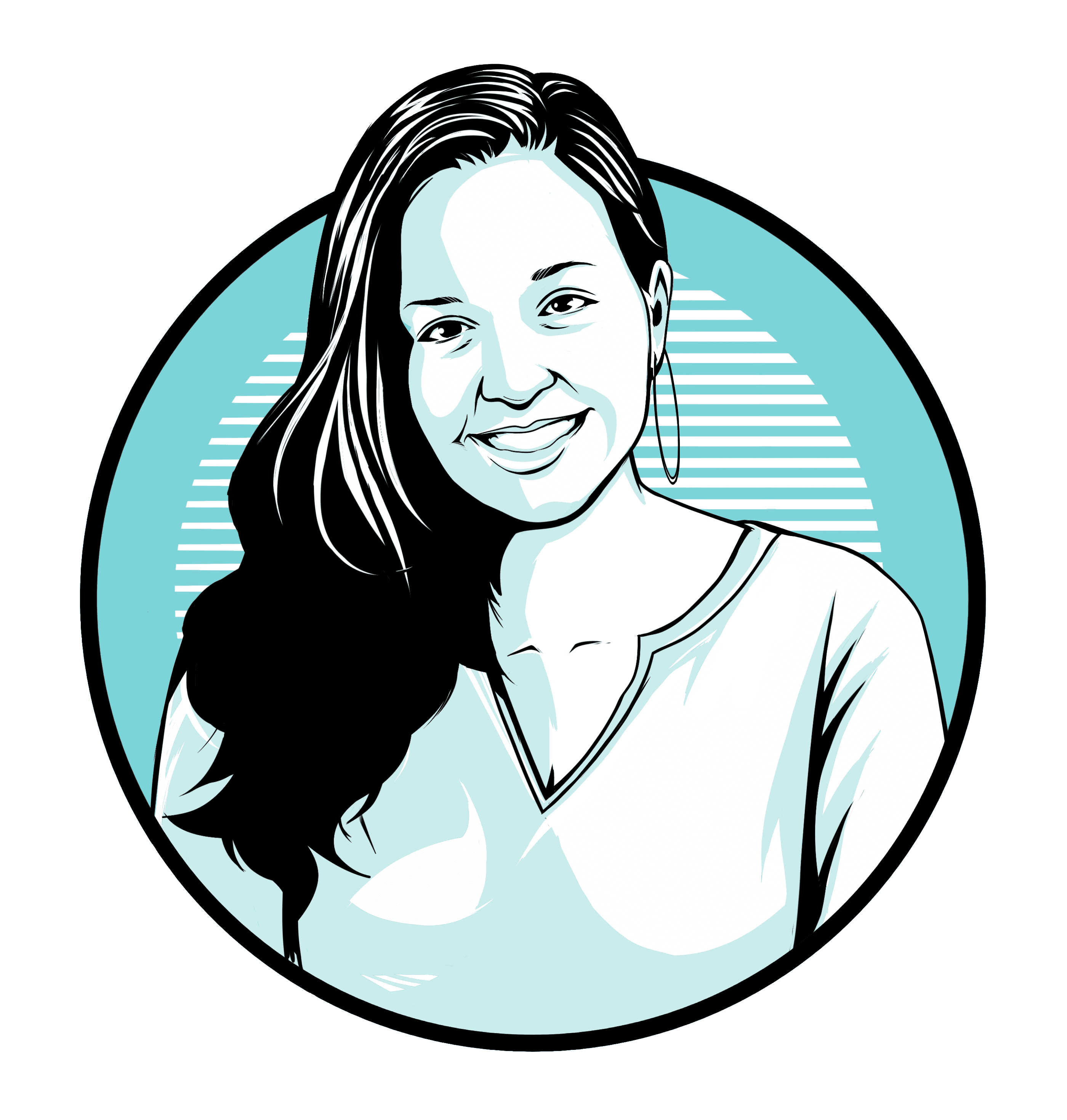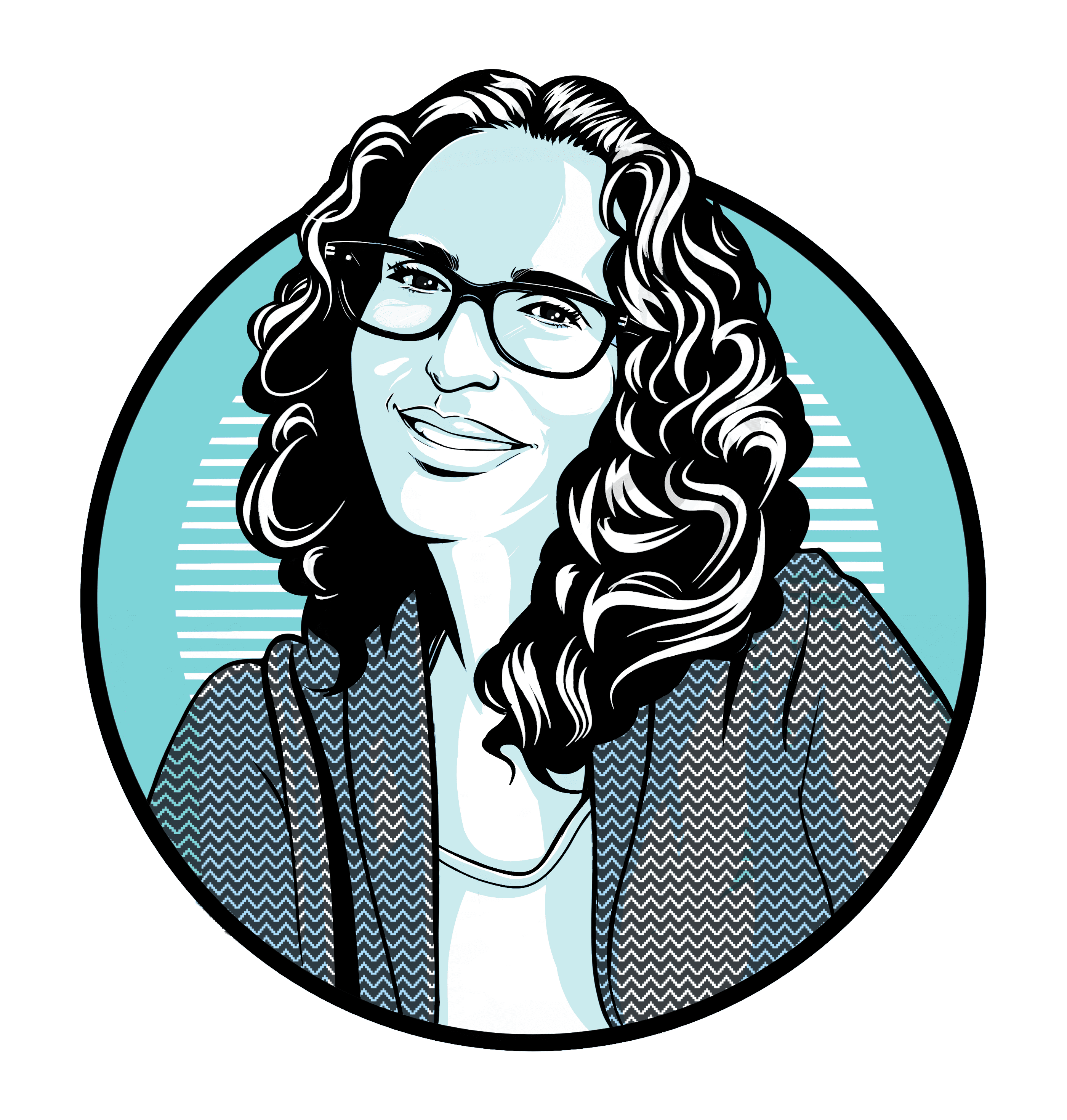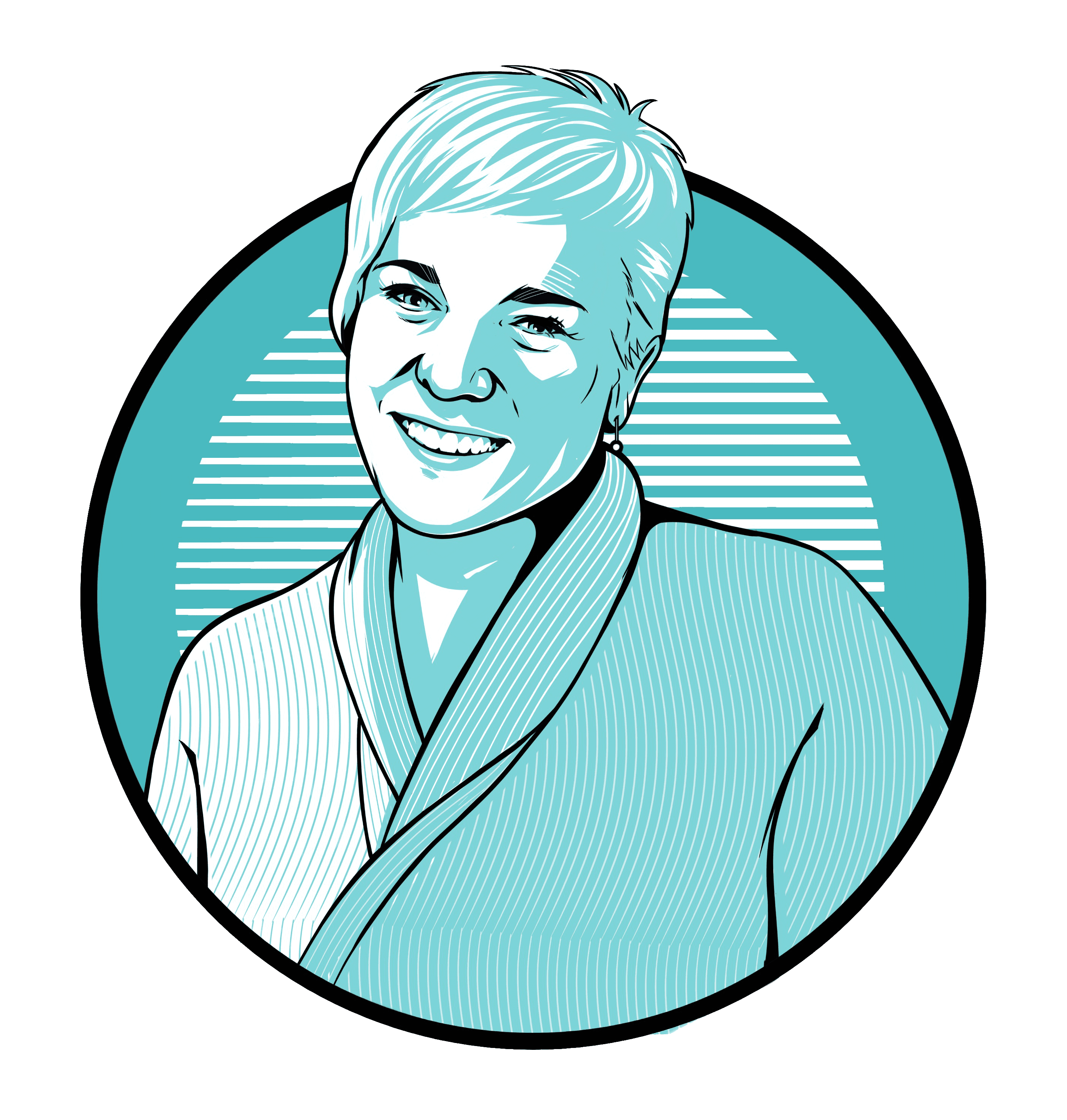
Featured Project
Youth 360ºHow and where youth live, learn, and play matters.
Where We Started
In 2013, our strategic plan laid out a road map for the future of adolescent sexual and reproductive health. We took our time assessing our funders, key stakeholders, members, and colleagues in the field. This methodical process surfaced the overwhelming need to start talking about—and doing something about—the social determinants of health.
We heard loud and clear, you wanted to know more—what are the social determinants of health…how do we integrate them into our work…how do we go beyond simply risk reduction or prevention to have a holistic approach, to promote health and well-being?
This isn’t new, and it isn’t unique to us, but it’s gaining more and more traction in the U.S. (finally!).
The result was Youth 360°, a messaging frame we developed to make it easier to talk about and understand the intersection of these factors and how they make a difference in our health and well-being. Put simply, how and where we live, learn, and play matters.
Get the basics on what Youth 360° means in this Prezi presentation (includes slides and audio).
What It Is
What determines how long we live…if we thrive… how healthy we are? Is it…what we do…who we are…where we live…our families?
How and where we live, learn, and play matters.
To reach our health goals, we have to see and do something about the factors that lead to health disparities. Systemic racism. Social injustices. Access to affordable care.
We have to consider the critical factors, or social determinants of health, that shape us. Youth 360° is about the intersection of the social determinants of health and social-ecological theory: each of us is affected by the people and environment around us—our families and friends, communities, and the larger society.
Youth 360° looks at the big picture to promote systems-based change.
But Youth 360° is more than just a messaging tool or frame; it is a way to approach systems-based change to respond to the dynamic lives of young people. We must address the big things—such as access to quality education and health services, socioeconomic status, or having life goals and aspirations—that can influence health outcomes.
With 4 levels, or spheres, the social-ecological health promotion model maps the variety of complex, interrelated factors, or social determinants of health, that shape us.
Why It Matters
Adolescent sexual and reproductive health is a social justice issue with public health impacts. These impacts are confounded by how and where youth live, learn, and play and require a holistic Youth 360⁰ approach to achieve equity.
Youth 360° is our commitment to address health disparities and reach all young people, including marginalized youth populations, such as youth in out-of-home-care, system-involved youth, runaway/homeless youth, LGBTQ+ youth, and youth who are pregnant or parenting.
More Youth 360° Resources
What They Said
So what exactly does it mean to put Youth 360° in action? We spoke with two of our members to hear more about their organizations’ efforts to integrate the social determinants of health in their work:
As Coordinator of the Alexandria Campaign on Adolescent Pregnancy (ACAP), Lisette Torres manages a community coalition focused on preventing adolescent pregnancy and convenes a wide range of stakeholders including youth, parents, youth-serving professionals, city staff, community organizations, and members of the faith community to implement ACAP’s strategic plan. The city’s plan has the goal of ensuring all young people, by age 21, are prepared to be healthy adults. ACAP has already established many new kinds of partnerships, and they are working to change the culture, throughout their community, to value their young people.
Stephanie Campbell, Adolescent Health and Teen Pregnancy Prevention Initiatives Coordinator for the Office of Sexual Health and Youth Development, Massachusetts Department of Public Health (OHSYD) has a wealth of experience and expertise in training, implementation, and technical assistance of evidence-based curricula in a variety of settings schools, community-based organizations, and alternative settings. OHSYD has committed funding to support local efforts to address the social determinants of adolescent sexual and reproductive health. Grantees work to establish and maintain strategic partnerships beyond the usual adolescent sexual and reproductive health agencies. OHYSD supports an assets-based youth development approach.
Check out this previously presentation, where Lisette Torres (Alexandria Campaign on Adolescent Pregnancy) and Stephanie Campbell (Massachusetts Department of Public Health) joined us to share how their agencies have been working to put Youth 360° in action.
What We Found
Each year, we ask our members to report their familiarity with and integration of the Youth 360°. Over time, we’ve found that we have indeed been successful in reaching our first strategic plan goal to adopt this holistic approach and integrate the social determinants of health into their work.
They are working to broaden their scope by building partnerships and collaborating beyond the field of adolescent sexual and reproductive health and ensuring that they are inclusive of all young people, especially young families.
Twenty-three percent of our members are very familiar, and 44% are somewhat familiar with a holistic health promotion approach to integrate the social determinants of health. Fifty-eight percent of our members reported that their organizations are integrating social determinants in their work.
We’ve been able to increase our reach and promote integration of a holistic approach to adolescent sexual and reproductive health through our varied level of capacity-building assistance.
Members have shared with us that our capacity building has enabled them to:
- Conduct their own trainings,
- Select effective curricula,
- Build their organizational capacity,
- Sustain evidence-based programs,
- Build teacher competencies to deliver sex ed,
- Implement curricula with fidelity,
- Build student satisfaction with curricula,
- Create and modify training designs,
- Develop capacity-building strategies,
- Set and meet goals,
- Create public service announcements,
- Work with stakeholders, and
- Gain insights.
What’s Next
Since 2013, we have been leading the field in integrating a Youth 360° approach to address health disparities and achieve equity. This will not change, but we need more of it. Our members need us to continue helping them make these systemic changes in their organizations and communities, to establish new and diverse partnerships, and to leverage each other’s resources to better meet the many different needs of all young people.
Our Experts
Like what you see? We'd love to partner with you on a similar project! Let us know how we can help.

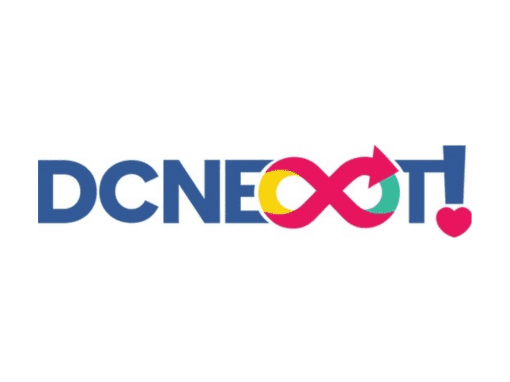
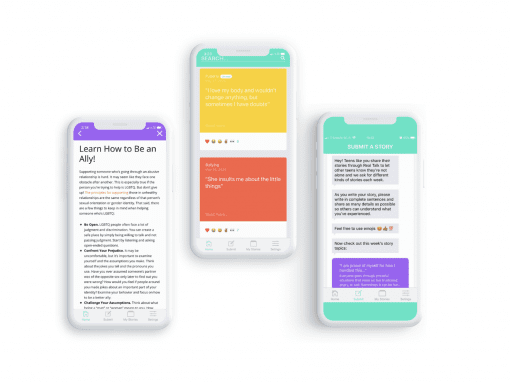

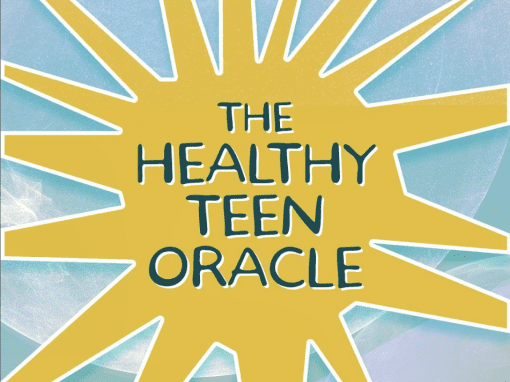
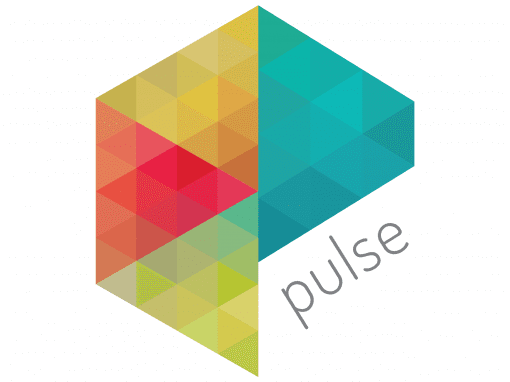
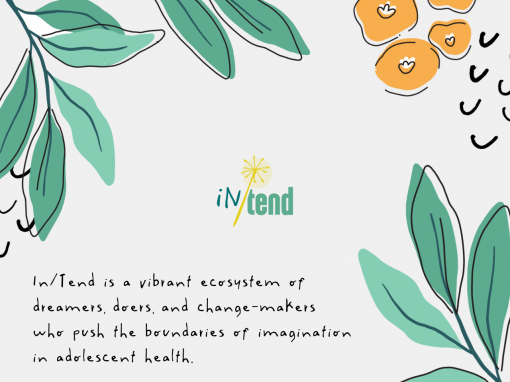
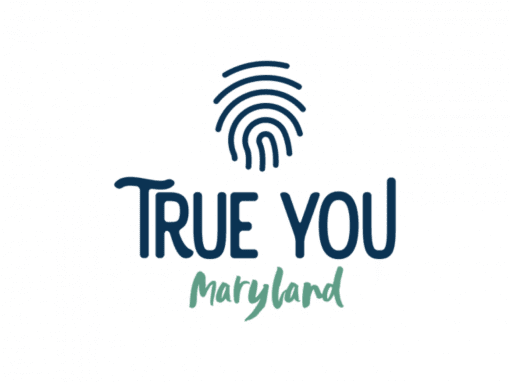
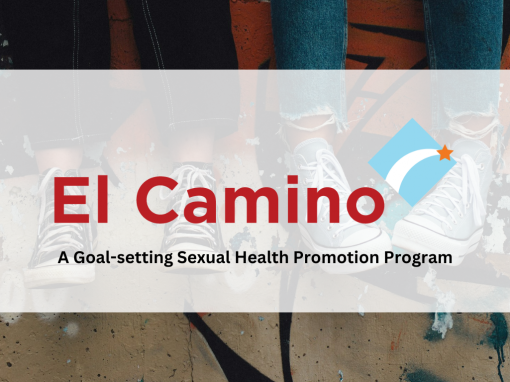

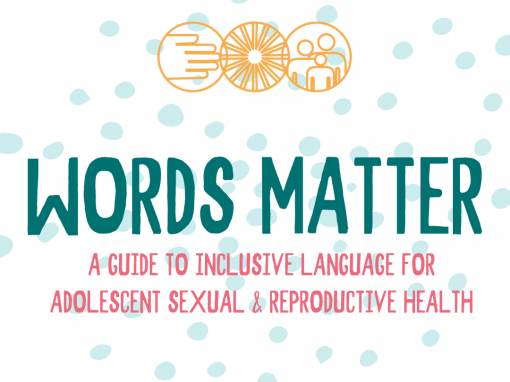
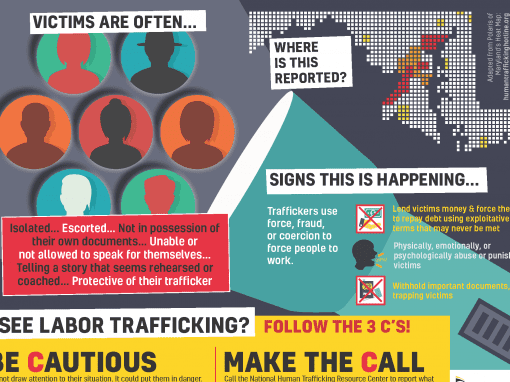

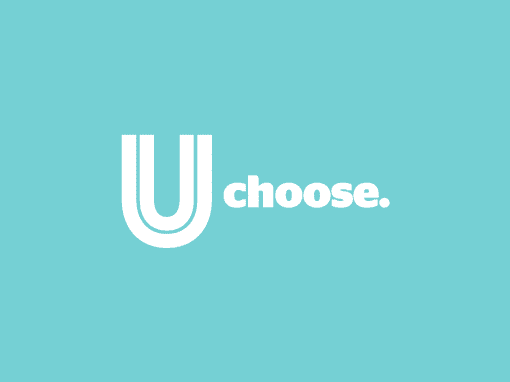
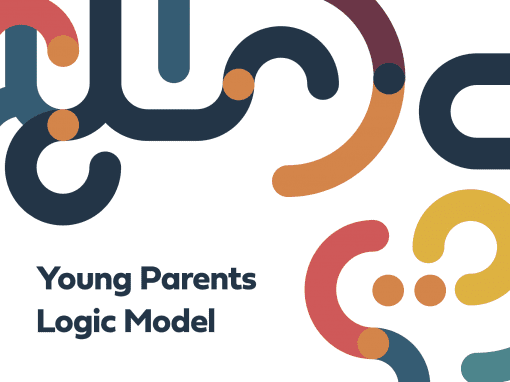
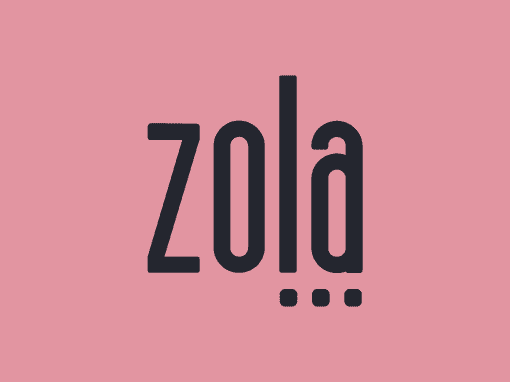

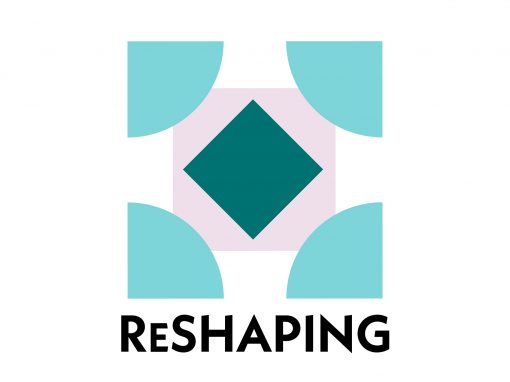
Discover the magic of the Network.

